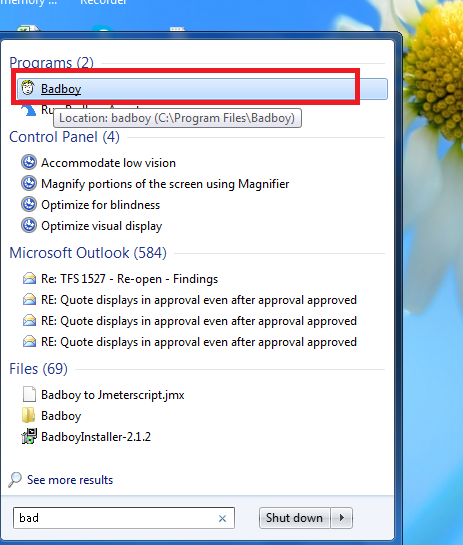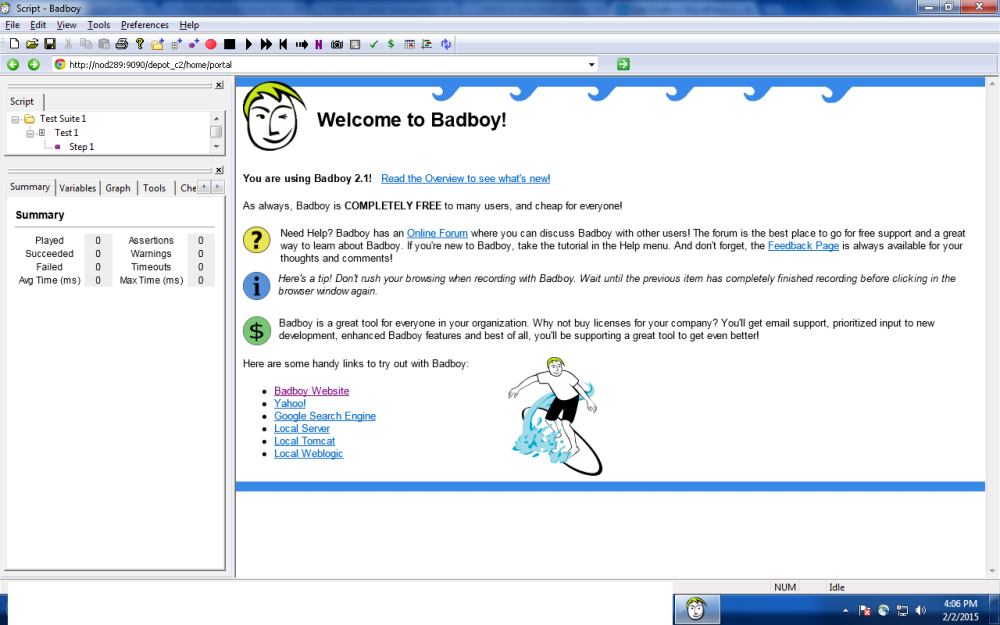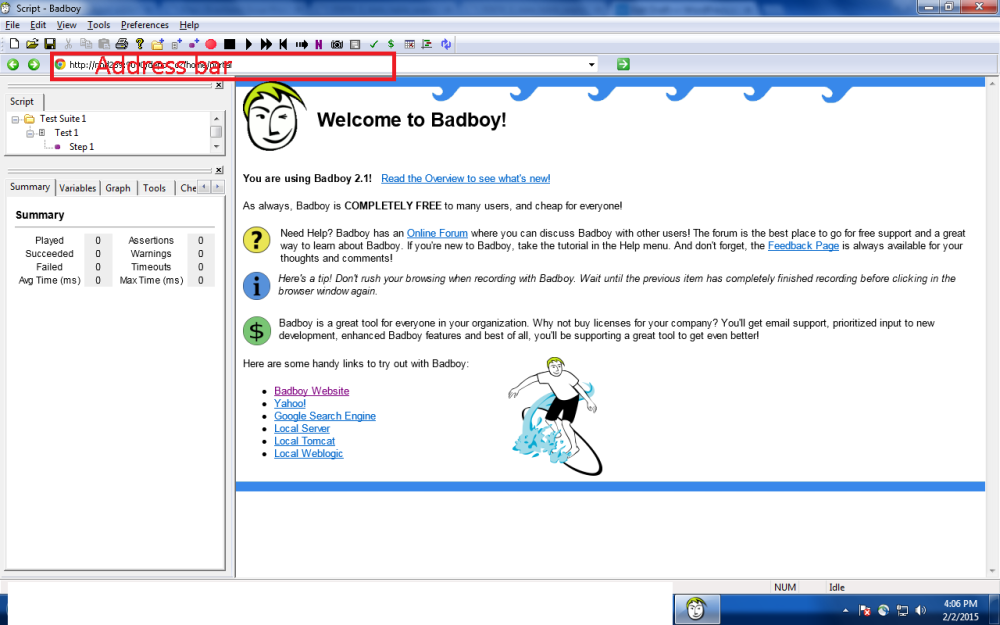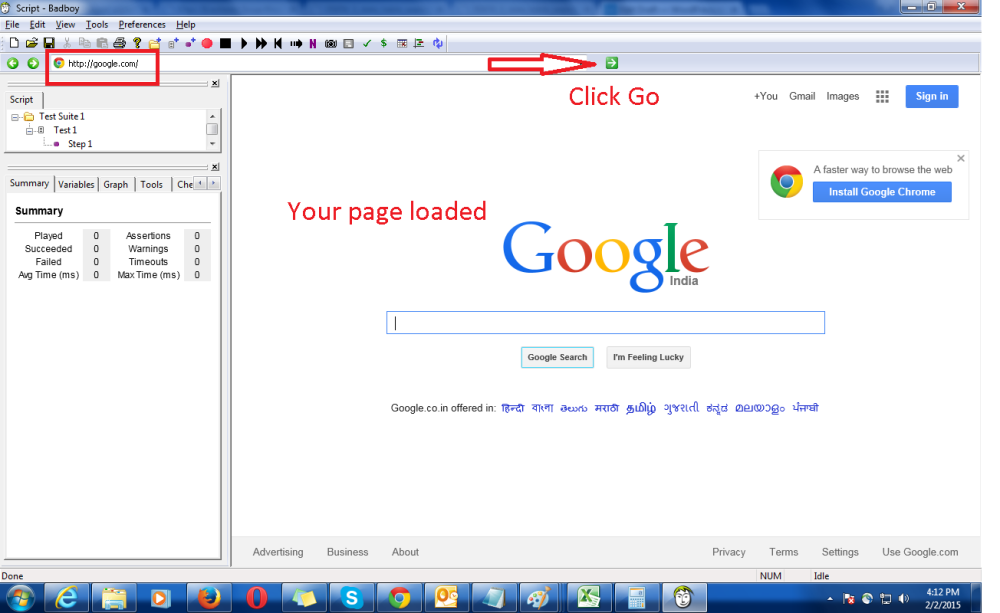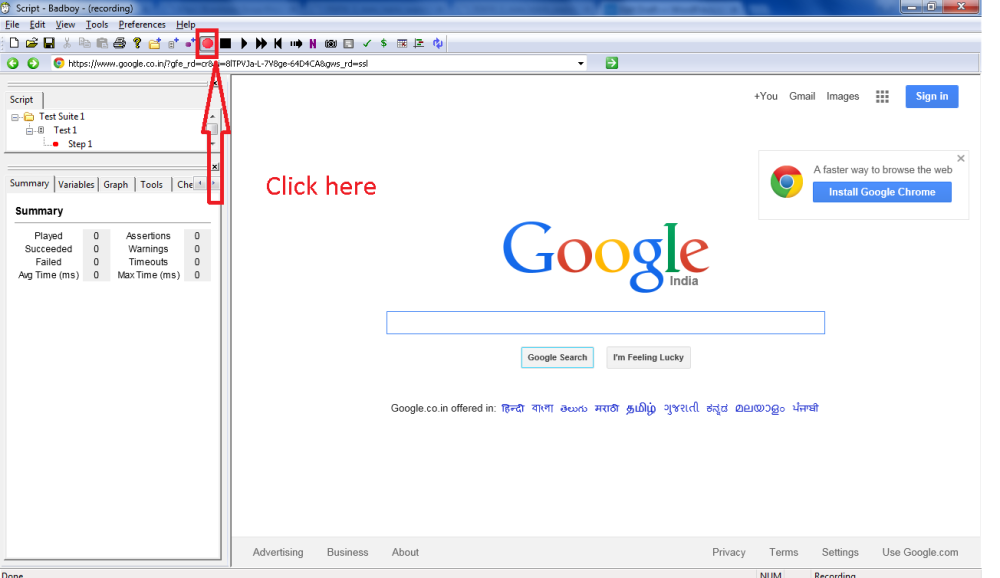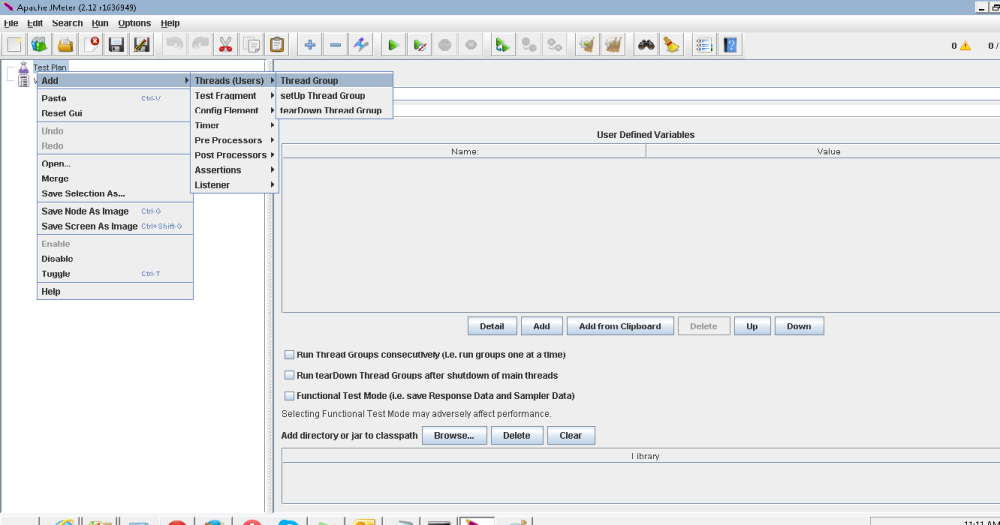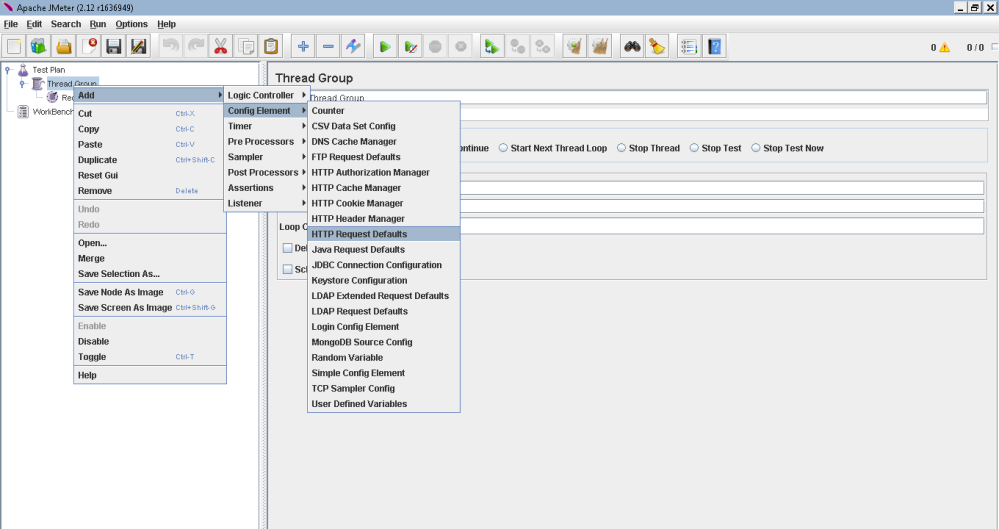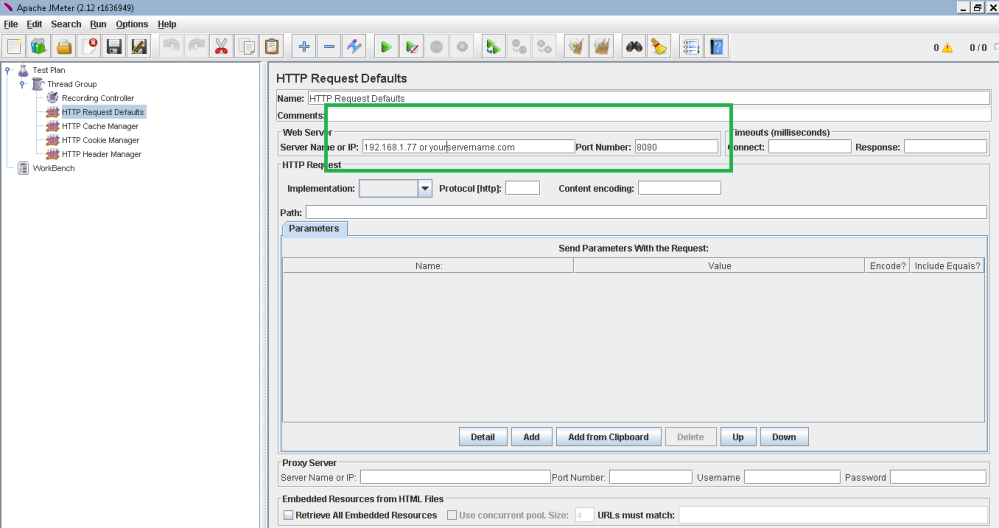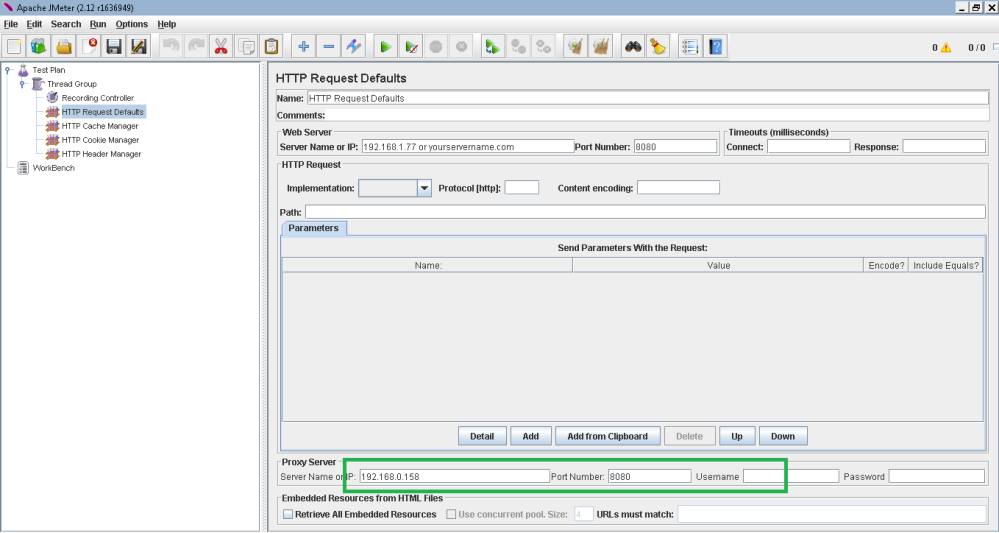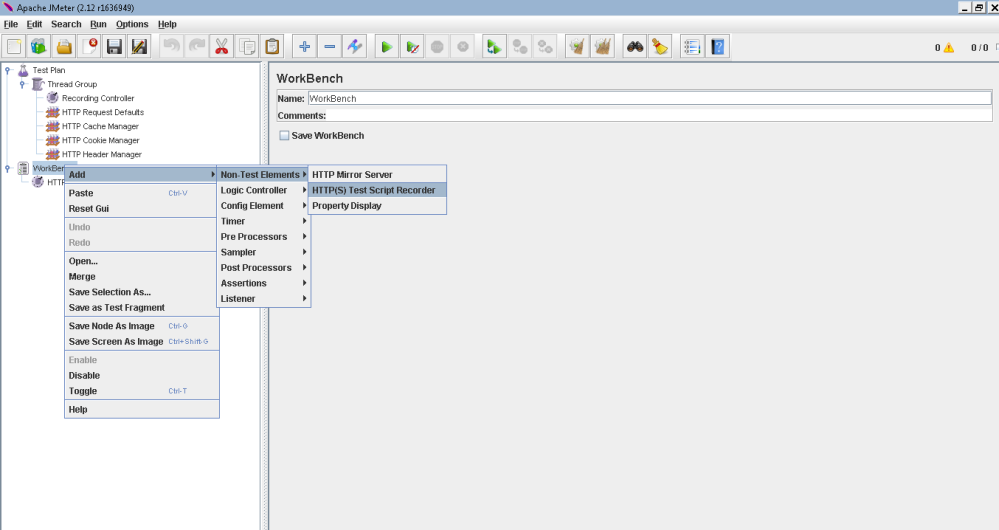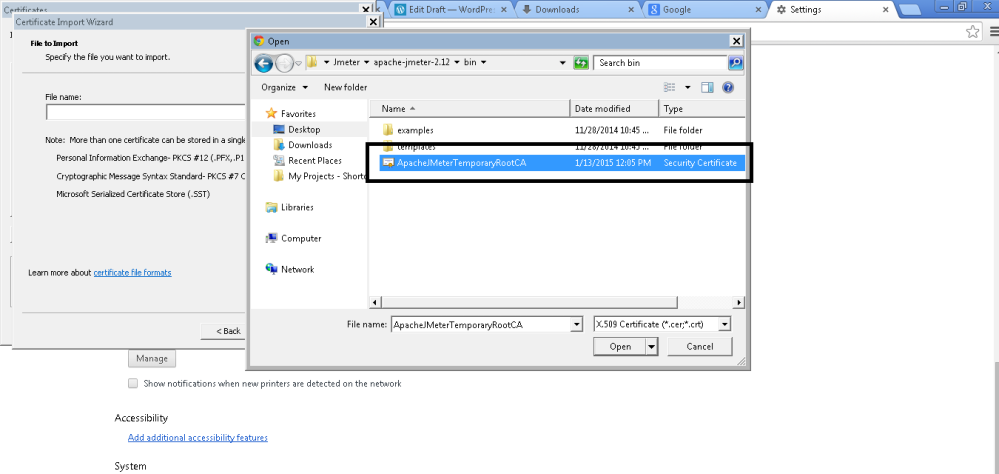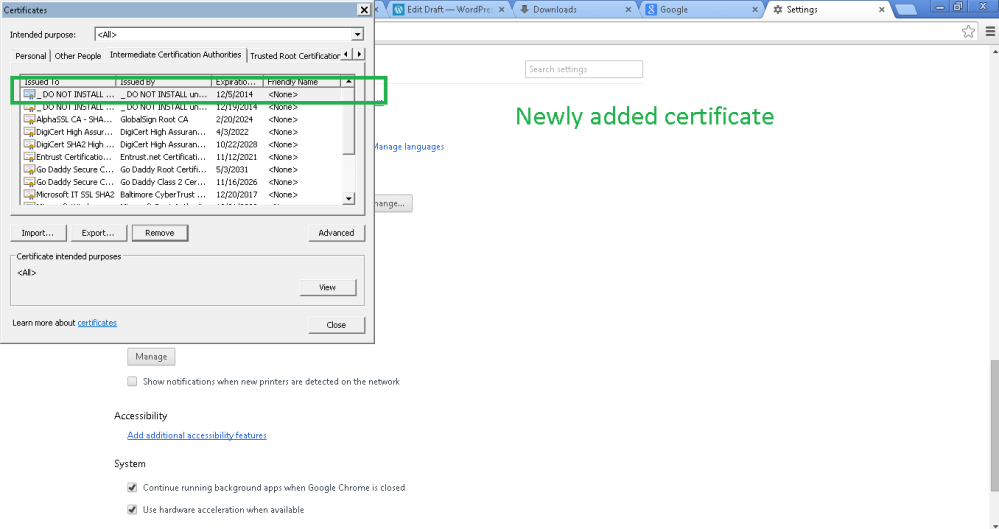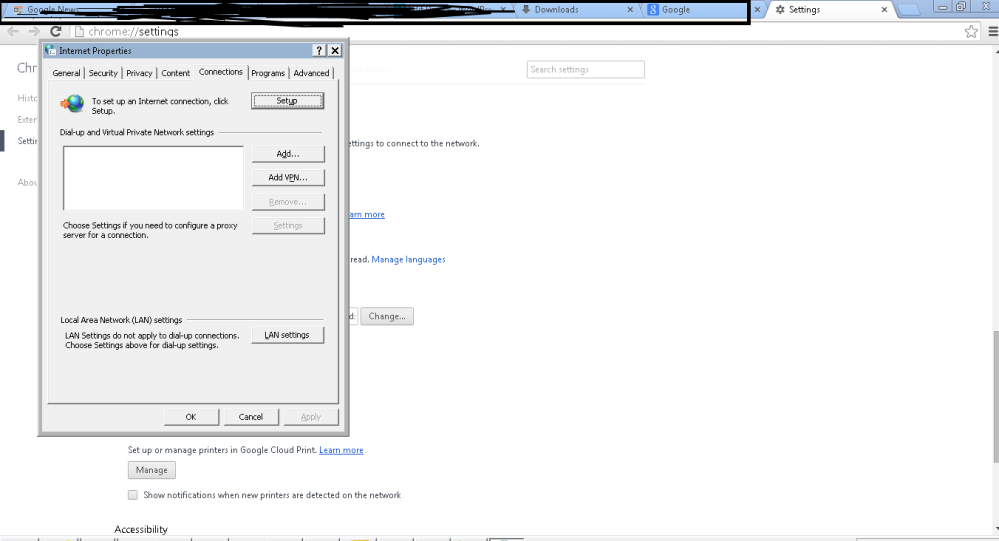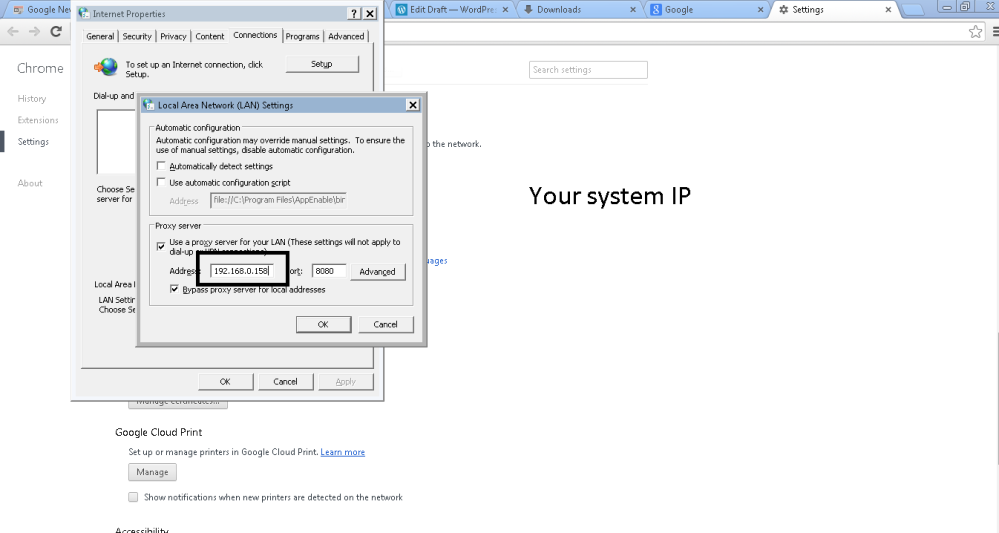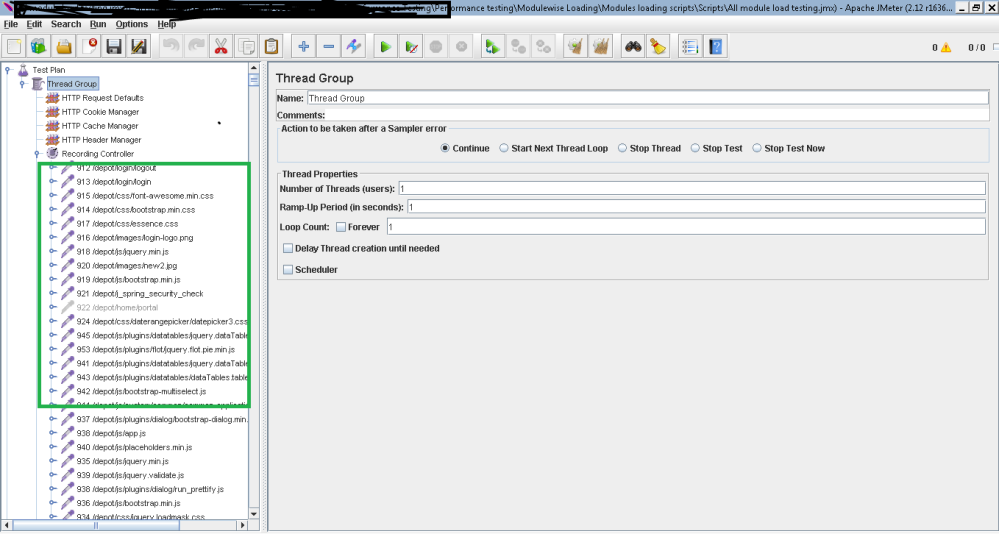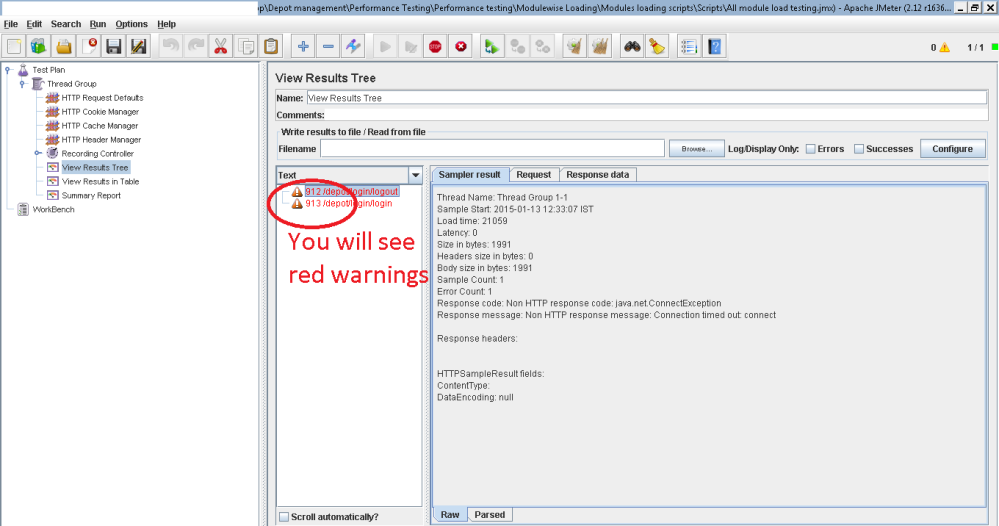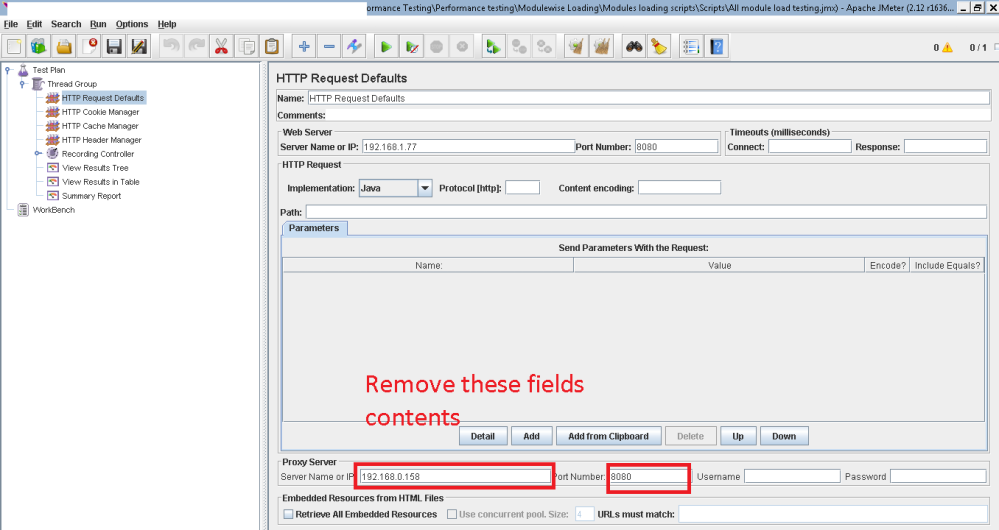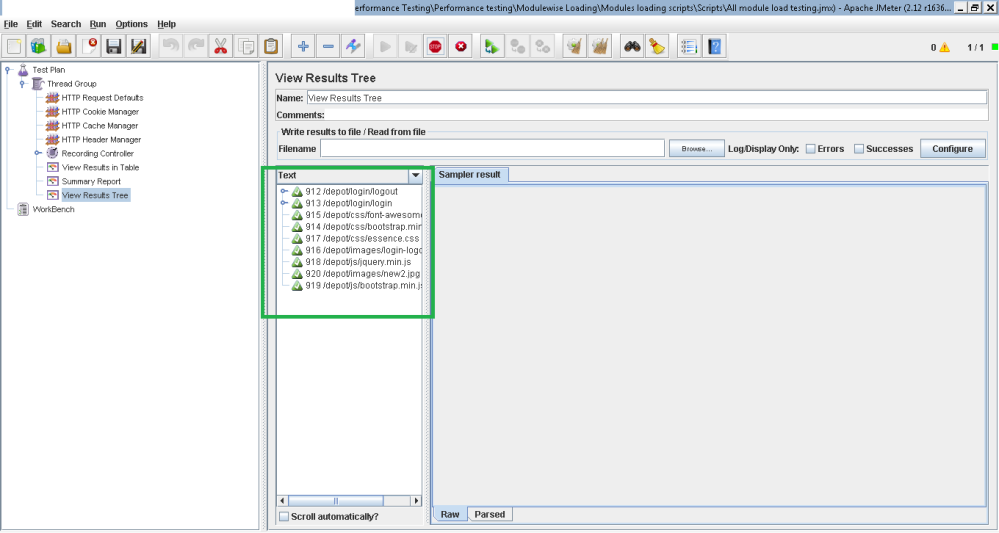Simple tricks to estimate testing hours with test cases or without test cases. How ?
Hey guys n girls,
I am here again with a new and interesting mind blowing word “Estimate” 🙂
When somebody in IT sector/software field or any field talks about estimates then they are never real estimates.They are simply assumptions made by more or less experienced persons.
Now let’s come to the topic – It came in my mind when first time my Project manager asked me to estimate the testing hours or my work hours for test case preparation and testing.
Well at that time I was very new so that I thought how can I estimate my effort because in previous company my Project manager really estimates my work like by saying “Man ! you have to do this task in two hours or in three hours ” at that time I had not known how my PM is estimating my effort, has he have any super powers ? ;).
But now I really know that those estimates was not just estimates but they are a type of targets for me which is set by my project manager without asking to me :(.
So this time when You have any requirement then I tell you what you should do to write estimates 🙂
Guys let’s take a simple example if requirement is to test the function of a phone number text box then how you have to judge it for estimation in your mind.
1. You have to consider in air (in your mind) that Phone number is a number box so
Step 1First it will take only numbers
Step 2 Then it can take (brackets) and Step 3 if required then it can take hyphen “- “also
Step 4 Fourth is your text box should be GUI aligned or perfect with GUI.
So all you have is above points are in your mind(may be more than above) so you can easily count above steps which are 4 steps here.
So you will have to estimate that you will have 4 test cases exactly but for your safety take some other conditions or like if you are forgetting something so say your project manager about 6 test cases you will write in above requirement.
Now it’s time to count time of above test cases.
Consider you will take time to write each test case – 2 minutes (you can take 3 or 5 minutes if you are lazy like me ;))
Now Total 6 test cases time = 6X2 = 12 minutes then approx it to 15 minutes
So tell your PM that you will take 15 minutes to write test cases.
Now the time comes to execute above test cases or if you have readymade test cases then how you will estimate time ???
You don’t have to make lot of effort, here is the simple steps
1. Just count your test cases like in above case you have 6 test cases
2. Again give time for each test case to execute and one more golden rule “Always write word “Average” in front of your estimated time ” because it will save you in future if anything bad happened in project :(.
3. Now for 6 test case again average time to execute each one = 3 minutes(depends on your speed and also relation with PM :D)
So for 6 test cases 6X3= 18 minutes so you can say it will take 20 minutes to execute test cases.
Friends wait wait..you are thinking why I am estimating extra so just remember you will not only execute test cases but you will have to take screenshots or write some text for issue if any found(if not found any issue then you can text your girl friend in that time ;):))
So by above steps you can better estimate just forgot those theoretical bla bla bla…methods to estimate.
Thanks for reading friends.
See you in next…. :)(y).
Please like us on facebook for more to connect
https://www.facebook.com/pages/Knowledge-World-For-You/1660665640835573


